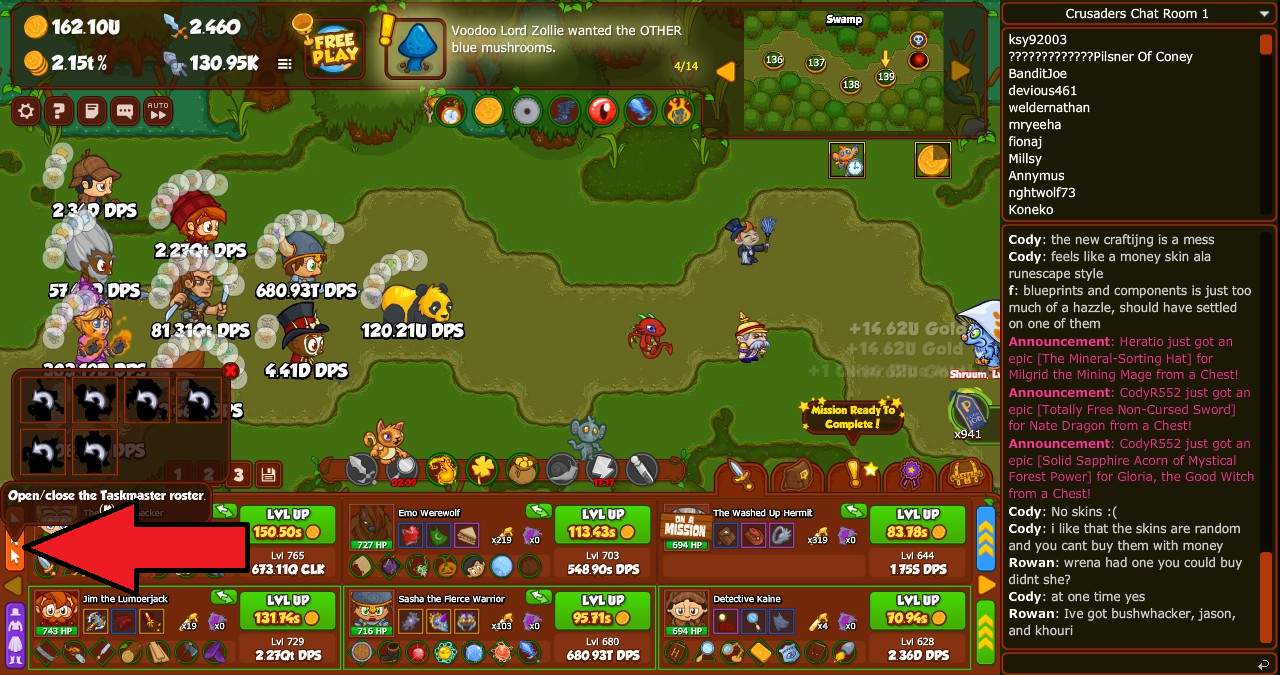

(b) Perikles, a prominent political figure of Athens in the 5 th century BC. (a) The Parthenon, an architectural monument of unsurpassed perfection. During the Persian Wars (490 BC Darius I, 480 BC Xerxes I) the Hellenes battled successfully against the Persians however, conflicts between the two dominant powers Athens and Sparta resulted in the Peloponnesian War (431 BC) which led to the devitalization of the two powers and the rise of Macedon. Further achievements, such as the establishment of the world’s first democracy by Cleisthenes (Athens 500 BC) and the profound development of letters and philosophy, designate Hellas as the birthplace of Modern Western Civilization. The Archaic Period (800 - 500 BC) is best known for larger free-standing sculptures in firm poses with the dreamlike “archaic smile”.ĭuring the Classical Period (500–323 BC) the artists perfected the “classical” style and created miraculous artifacts and monuments such as the Parthenon. Hellen (Έλλην ) should not be confused with Helen of Troy, but is the son of Deucalion and Pyrrha, the only surviving pair of humans after the Great Deluge imposed by Zeus to destroy Bronze Age.Īrchaeologists divide the history of Ancient Hellas to four periods: the Greek Dark Ages (1100 - 800 BC) is characterized by geometrical schemes such as squares, circles, lines for the decoration of pottery. The Dorians constitute one of the ancient Hellenic tribes named after the mythological person Dorus, son of Hellen. The end of the Mycenaean civilization and the subsequent dawn of Ancient Hellas were brought about by the invasion of the Dorian tribes from the north, north-eastern regions of Greece, ancient Macedonia and Epirus, to Attica and the Peloponnesus, certain Aegean islands, and to the coast of Asia Minor. Gold Mycenean funeral mask believed to belong to Agamemnon. The Disc of Phaistos, a circular plate engraved with unknown syllabic signs, remains an incomprehensible riddle waiting to be deciphered.įinally, the culture of mainland Hellas was developed over the Helladic period (2800 - 1000 BC) and culminated in the flourishing of the Mycenaean civilization which is associated with the name of King Agamemnon and the epic Trojan War, described in Iliad by Homer. The Minoan civilization, named after King Minoas, is best known for the monumental palaces of Knossos and Phaistos as well as some symbolic objects, like the double axe and the bull horns which seem to have had religious meaning for Minoans. Monthly Events Limited time events featuring special objectives and exclusive new content updated Every Month.Furthermore, the Minoan civilization flourished in the island of Crete (3650-1100 BC) and greatly influenced the Mycenaean culture by which it was eventually superseded.

Daily Quests Each day players are challenged to complete mini-objectives that reward success with precious red rubies.
#CRUSADERS OF THE LOST IDOLS EVENTS PLUS#
PLUS Over 10,000 Levels Master over six campaigns with dozens of objectives with deep playability and challenge more campaigns released regularly. Collect Gear, Buffs, and Trinkets A cornucopia of content with hundreds of unique upgrades for each character, including unique gear, and buffs are available to collect. Unlock Crusaders Collect an unusual host of over 54 characters such as The Bat Billionaire, Emo Werewolf and RoboTurkey, inspired by the world of video games and popular culture with more added Every Month. Crusader specific abilities, buffs, and gear challenge the player to find the best formation every campaign and event. Formation Strategy The only clicker/idle game to feature a formation system. Master Formation Strategy over multiple campaigns and events that are updated every month. Organize your Crusaders by designing the perfect formation for maximum damage.

Create a band of unusual heroes to battle monsters, earn gold by killing them and use it to level-up and unlock new character abilities. Crusaders of the Lost Idols is the Award Winning clicker idle game of heroic awesomeness.


 0 kommentar(er)
0 kommentar(er)
